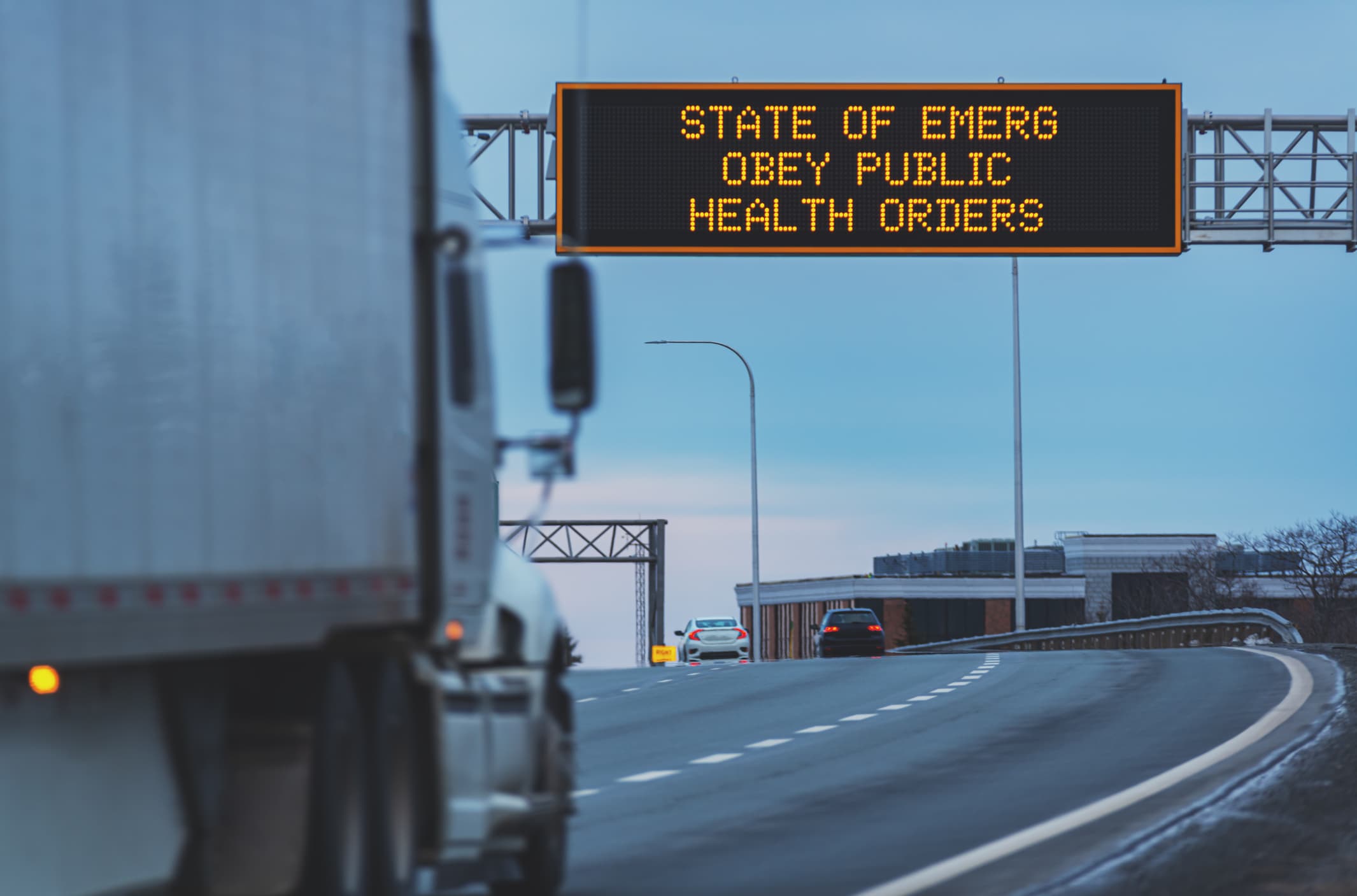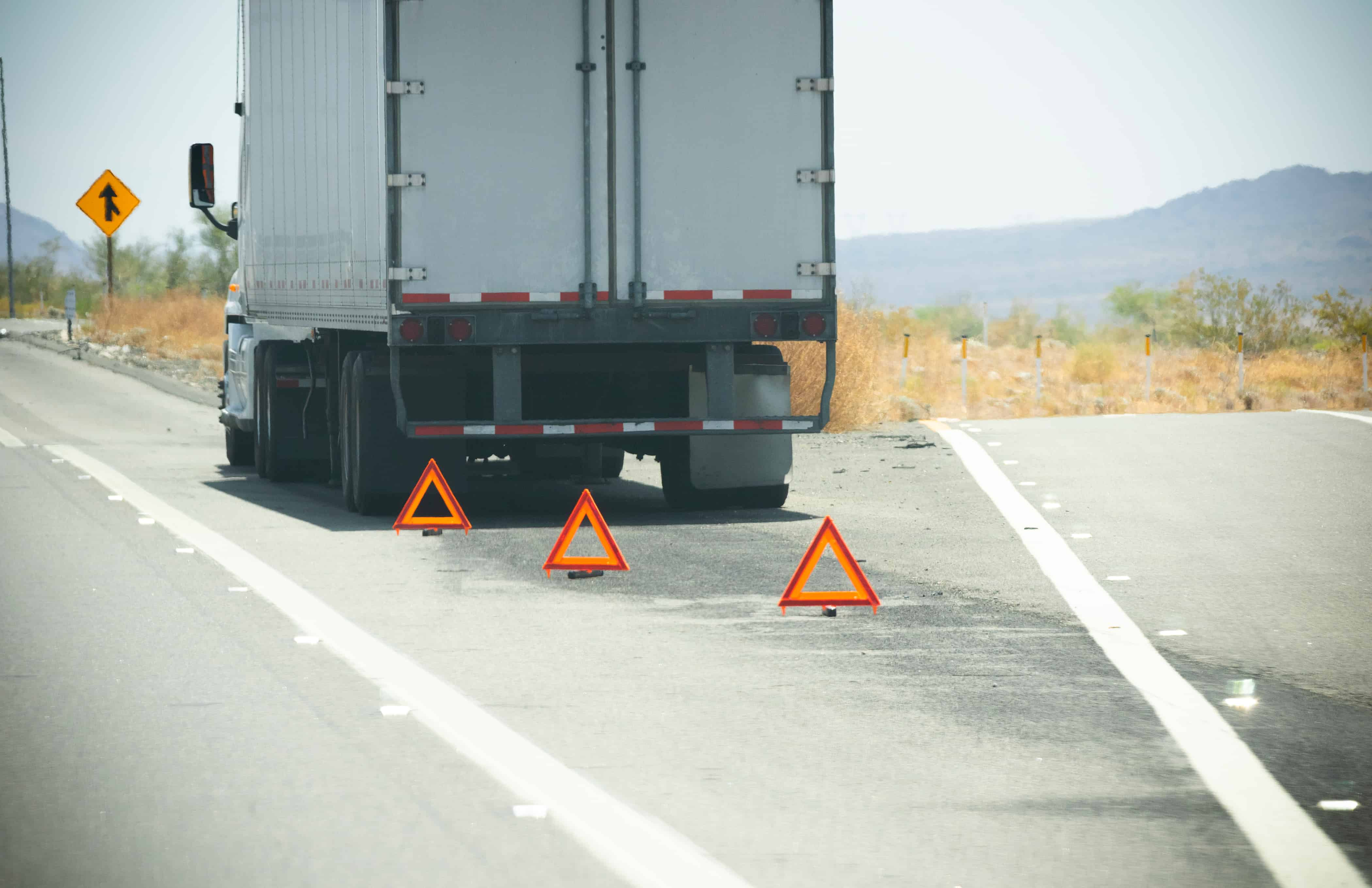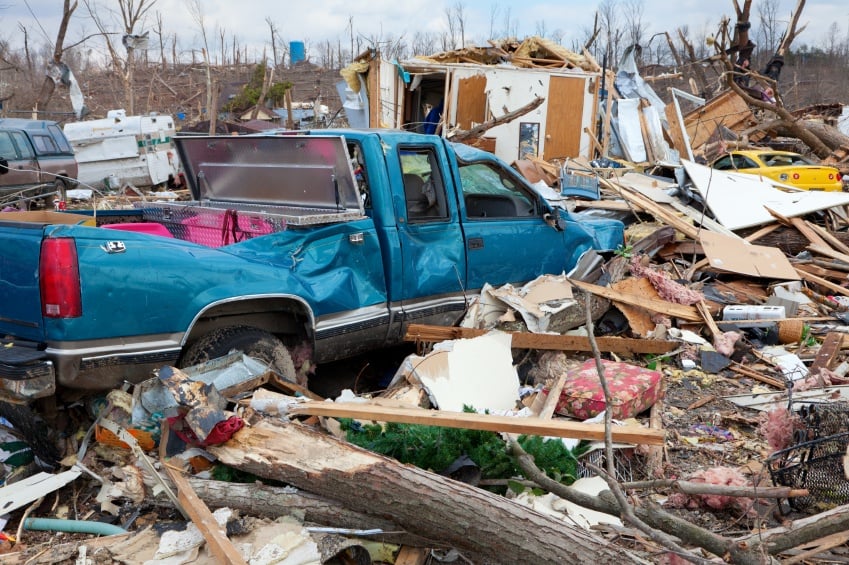Planning for Emergencies: Always be Prepared

In 2010, a massive 8.8 magnitude earthquake centered in Chile, created power outages, landslides, and tremendous damage to homes and businesses throughout the country. In 2012, Hurricane Sandy killed at least 69 people in the Caribbean before moving north and merging with a winter weather front over the United States. Sandy slammed New York City and the mid-Atlantic region with devastating wind, rain, and tidal surges. And, more recently, wildfires in northern California destroyed as many as 250 homes and charred more than 90 square miles of earth.
Natural disasters and other catastrophic events can occur anytime, anywhere. That’s why it is important for organizations to develop comprehensive, emergency-preparedness plans. Planning in advance for any contingency will reduce the risk of placing the business and its workforce in danger.
Top management is responsible for developing a policy statement pertaining to emergency preparedness, planning, and response. The policy should include the purpose of the plan, management’s concern and support, allocated resources, and responsibilities of managers and employees during and following a catastrophic event.
What an emergency plan should include
A planning committee, or team, should be established to develop the emergency preparedness and response plan. The plan should include an assessment of potential risks, especially those risks associated with natural disasters.
Other elements of the plan should address the following:
- level of employee involvement
- training and specific responsibilities
- emergency drills or simulated events
- emergency power/utilities
- public response and mutual aid
- individual responsibilities
- equipment shutdown
- communication with outside responders
- internal communication
- reporting requirements and procedures
- alarms, incident command center and security
- restoration and salvage
The planning team must determine how emergency responders and others are to be notified and informed of a disaster at the company’s location. This includes notifications to police, fire department, volunteer agencies, employees, family members of employees at the facility where the disaster occurred, and business partners.
Employees and visitors to the company’s facility must be accounted for after a disaster. The plan should indicate how the injured will be cared for prior to the arrival of emergency medical responders. Communication must be established with customers, suppliers, and insurance companies. Should there be injuries, fatalities, or releases of hazardous materials certain regulatory agencies must be notified.
The emergency plan should specify contractors that can provide clean-up and restoration support that will allow the business to become operational in a reasonable amount of time.
A well-defined media policy should specify the company’s spokesperson that will be responsible for contacting the news media. The media policy should outline what information will and will not be released.
Here's how the Federal Emergency Management Agency (FEMA) recommends planning for emergencies:
- Keep an old corded telephone that functions over phone lines. These phones may work during power outages better than cell phones.
- Use text and/or e-mail messaging since voice communications may be unreliable during a disaster.
- Make sure emergency contacts are up-to-date and available through all electronic communication devices i.e., telephone, e-mail, websites, etc.
- Establish an individual or office outside the disaster area to serve as a contact for everyone in a disaster event.
- Have up-to-date information on emergency contacts for employees. Have employees program “In Case of Emergency” (ICE) contacts into their cellular telephones so coworkers, family members, or emergency response personnel can contact those people for them if they cannot use the phone.
- Use cell phones, computers, and notebooks wisely. Batteries may run down with no available power to recharge them during an emergency.
Planning for contingencies is a basic risk management technique for reducing the severity of a loss and planning to stay in business.
There are numerous resources that provide detailed information about emergency preparedness. If you need additional assistance pertaining to the development of an emergency plan, contact your Great West Casualty Company Safety Representative.
Note: These lists are not intended to be all-inclusive.
The information in this article is provided as a courtesy of Great West Casualty Company and is part of the Value-Driven® Company program. Value-Driven Company was created to help educate and inform insureds so they can make better decisions, build a culture that values safety, and manage risk more effectively. To see what additional resources Great West Casualty Company can provide for its insureds, please contact your safety representative, or click below to find an agent.
© Great West Casualty Company 2015. The material in this publication is the property of Great West Casualty Company unless otherwise noted and may not be reproduced without its written consent by any person other than a current insured of Great West Casualty Company for business purposes. Insured should attribute use as follows: “© Great West Casualty Company 2019. Used with permission by Great West Casualty Company.”
This material is intended to be a broad overview of the subject matter and is provided for informational purposes only. Great West Casualty Company does not provide legal advice to its insureds, nor does it advise insureds on employment-related issues. Therefore, the subject matter is not intended to serve as legal or employment advice for any issue(s) that may arise in the operations of its insureds. Legal advice should always be sought from the insured’s legal counsel. Great West Casualty Company shall have neither liability nor responsibility to any person or entity with respect to any loss, action, or inaction alleged to be caused directly or indirectly as a result of the information contained herein.




